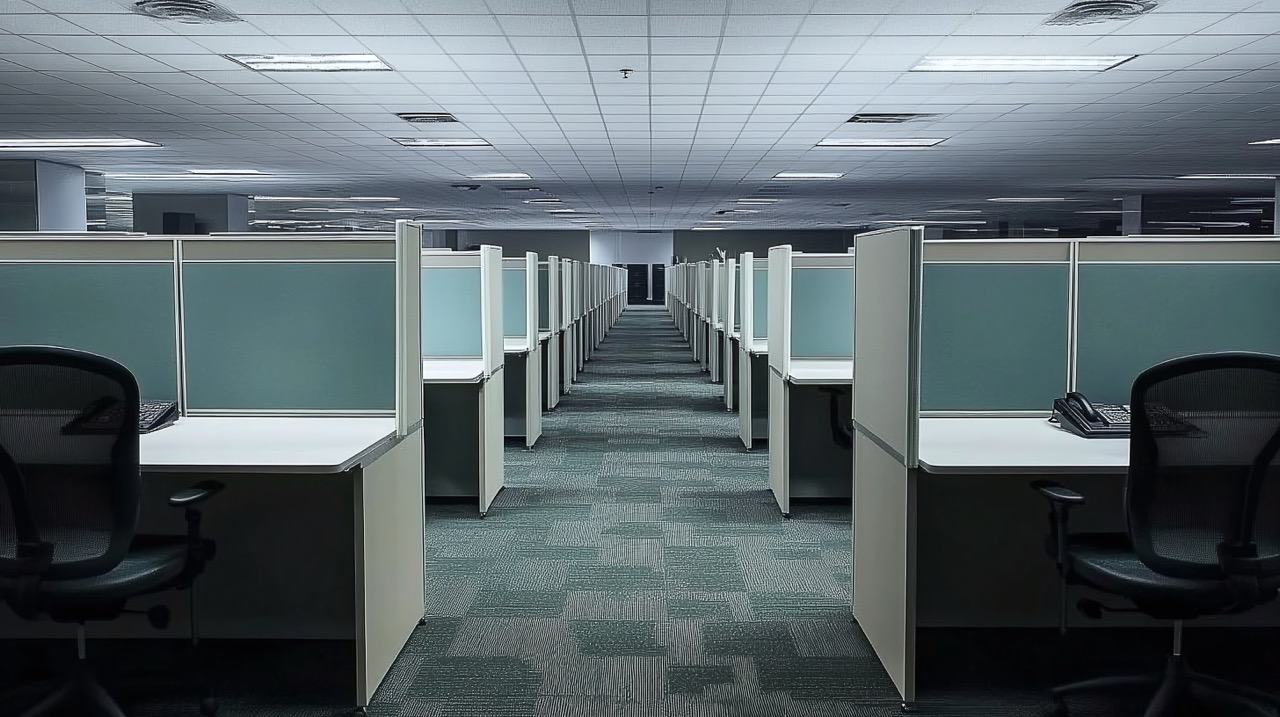It is no secret that open-plan offices dominate modern workspaces. However, that doesn’t mean office cubicles are outdated and useless. When thoughtfully designed, they offer some top perks that support productivity, focus, and mental well-being. On top of the obvious reduction in noise and visual clutter, here are several ways cubicles can help workers improve focus and minimize distractions.
Psychological Space Ownership and Personalization
Cubicles provide a sense of personal territory. Unlike hot-desking or shared spaces, they give employees a defined area that feels like their own. This encourages personalization, which can foster emotional comfort and increase engagement. Employees are more likely to stay focused in an environment that reflects their personality, values, or work style. Small additions such as photos, artwork, or a preferred desk layout can help anchor attention and promote a sense of control, an essential factor in cognitive performance.
Visual Boundaries Help Cognitive Filtering
Our brains are constantly processing visual information, and this can lead to sensory overload in open offices. A cubicle acts as a visual filter, creating a physical boundary that limits movement and activity in an employee’s peripheral vision. This reduction in visual distractions helps the brain focus on the task at hand. Unlike noise-canceling headphones, which only block sound, cubicles minimize both auditory and visual stimuli, enhancing the brain’s ability to concentrate for longer periods.
Boost Mental Recovery Between Tasks
Mental fatigue can build up quickly in overstimulating environments. Cubicles provide a retreat-like atmosphere that promotes brief mental recovery between demanding tasks. This is particularly important for creative professionals and knowledge workers who need to maintain high cognitive performance throughout the day. The semi-private environment of a cubicle allows individuals to take short mindfulness breaks, do some light stretching, or simply close their eyes for a few moments without feeling exposed.
Reduced Micro-Interruptions
Have you experienced those brief but frequent moments when someone walks by, starts a conversation, or glances at your screen in open offices? These are known as micro-interruptions and can significantly disrupt productivity. The interruptions often seem minor, but studies show they can dramatically reduce workflow efficiency and increase the time it takes to return to the original task.
Cubicles provide a subtle, passive barrier that deters casual interruptions. The physical structure signals to others that the occupant is busy, promoting a culture of respect for focused work and encouraging people to think twice before interrupting unnecessarily.
Enhanced Routine and Workflow Management
Cubicles help reinforce consistent work routines by creating a familiar and structured environment. The defined space allows employees to arrange tools, documents, and digital devices in a way that supports their specific workflow. Having a consistent setup minimizes the time spent adjusting to different environments and allows for more efficient task switching. Over time, simply sitting down in the same cubicle can trigger a mental cue that it’s time to focus, similar to how entering a gym prepares your mind for exercise.
Improved Acoustic Containment for Deep Work
While many workplaces use noise-masking systems to manage noise in open offices, cubicles offer built-in acoustic containment. Fabric-covered panels, for example, absorb sound and reduce echo, allowing employees to work in a quieter environment even if conversations take place nearby. In many cases, the combination of a semi-enclosed space with sound-absorbing materials can rival dedicated quiet zones in terms of effectiveness.
Support for Neurodiverse Employees
For neurodiverse individuals, including those with ADHD, autism spectrum disorders, or sensory processing sensitivities, cubicles offer a more controlled and predictable environment. These employees may find open office settings overwhelming or disruptive. The reduced sensory input and ability to customize their space can significantly enhance comfort and productivity. In this way, cubicles contribute to a more inclusive workplace that accommodates diverse cognitive needs.
In conclusion, while open offices may promote collaboration, they often do so at the expense of individual focus. Office cubicles, far from being outdated, offer a range of unique advantages that are increasingly relevant in today’s distraction-filled work environment. As organizations reevaluate how to design workplaces that balance productivity and well-being, the cubicle deserves a second thought as a powerhouse of modern work efficiency.
